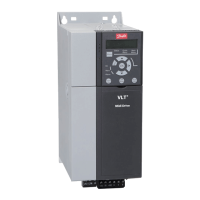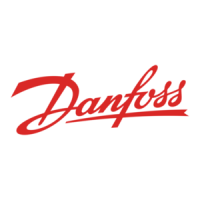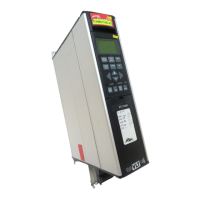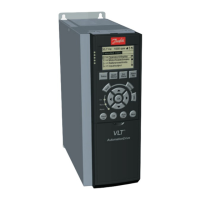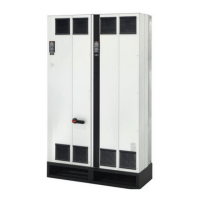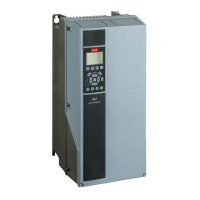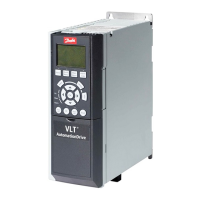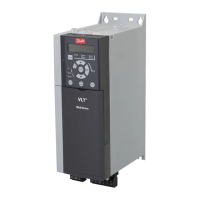
Do you have a question about the Danfoss EtherNet/IP Midi Drive FC 280 and is the answer not in the manual?
| Communication Protocols | EtherNet/IP, Modbus RTU, CANopen |
|---|---|
| Enclosure Type | IP20 |
| Operating Temperature | -10°C to +50°C |
| Protection Features | Overcurrent, Overvoltage, Undervoltage, Overtemperature, Short Circuit |
| Storage Temperature | -25°C to 65°C |
| Humidity | 5% to 95% non-condensing |
| Output Voltage | 0-100% of input voltage |
Outlines the guide's scope, target audience, and essential procedures.
Lists other available documentation for the frequency converter.
Details the manual's edition and associated software version.
Describes the EtherNet/IP interface for the VLT® Midi Drive FC 280.
Lists relevant product certifications and safety approvals.
Defines symbols, abbreviations, and general conventions used in the manual.
Explains the meaning of safety symbols (Warning, Caution, Notice) used throughout the guide.
Defines the requirements for personnel qualified to install and operate the equipment safely.
Provides critical warnings for high voltage, unintended starts, and capacitor discharge.
Details manual and automatic IP address assignment methods and related parameters.
Explains parameters for Ethernet link status, auto-negotiation, speed, and duplex.
Guides on installing the EDS file for Rockwell scanners and configuring the EtherNet/IP interface.
Discusses multicast/unicast traffic, IGMP, and redundancy in Ethernet networks.
Defines I/O assembly instances and their options for controlling the frequency converter.
Covers Class-1, Class-3, and unconnected messages for EtherNet/IP communication.
Details I/O connection using TCP transport, including transport type and data size.
Explains cyclic connections using UDP transport for explicit messaging.
Explains how to select control profiles and assembly instances for ODVA and FC profiles.
Details event-controlled mode, COS filters, and inhibit timers for minimizing network traffic.
Explains the FC profile control word and status bits for device operation.
Explains control word and status bits for ODVA profile instances.
Explains how bus speed reference is scaled and transmitted via the network.
Shows how bus speed reference value is transmitted in RPM.
Covers parameters related to communication and option settings.
Covers parameters for control site, source, timeout, and diagnosis trigger.
Details parameters for control word interpretation and configuration.
Lists parameters for configuring the FC port, including protocol and address.
Details parameters for PCD Write and Read Configuration.
Covers parameters for control word merging and selection triggers.
Covers parameters for EtherNet/IP configuration and settings.
Explains IP assignment, IP address, subnet mask, gateway, and DHCP server.
Details parameters for Ethernet link status, auto-negotiation, speed, and duplex.
Lists parameters for configuring process data write/read and control instances.
Covers warning parameters, net reference, net control, CIP revision, product code, and EDS.
Details services like FTP, HTTP, SMTP, SNMP, COS timer, and COS filter.
Covers cable diagnostics, auto crossover, IGMP snooping, and broadcast storm protection.
Provides a detailed list of parameters, their default values, and operation modes.
Guides users through diagnosing and resolving issues.
Explains the meaning of module and network status LEDs for diagnosis.
Guides on troubleshooting communication by checking link status, cabling, and IP address.
Lists and explains alarm and warning codes shown on the display and via fieldbus.
Describes CIP object model, classes, instances, and attributes for EtherNet/IP.
